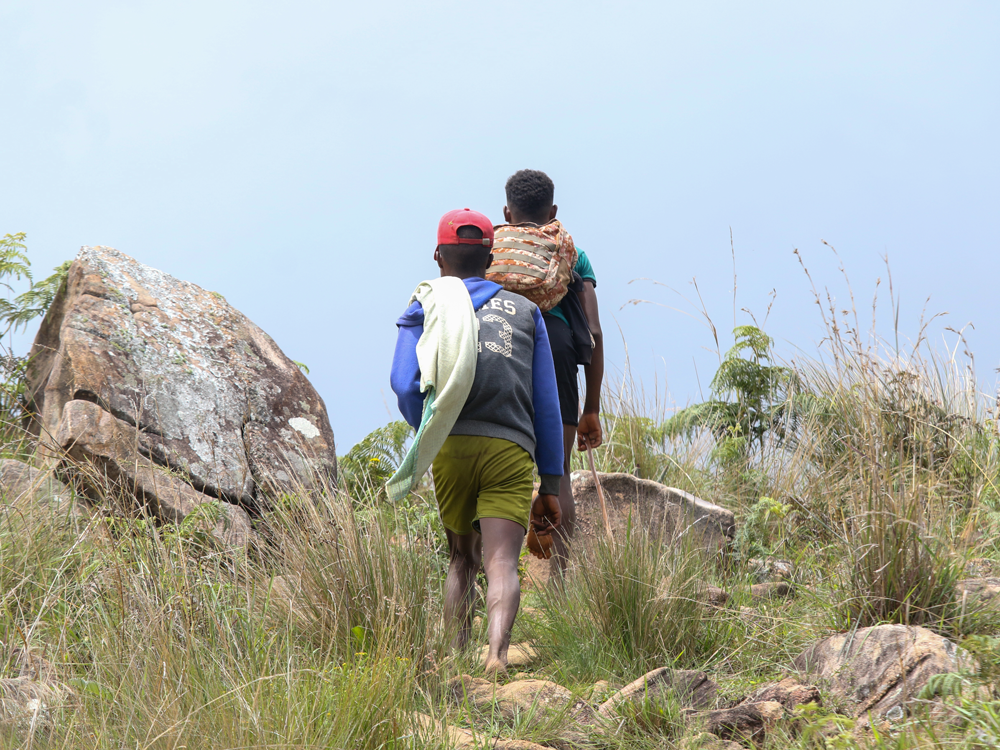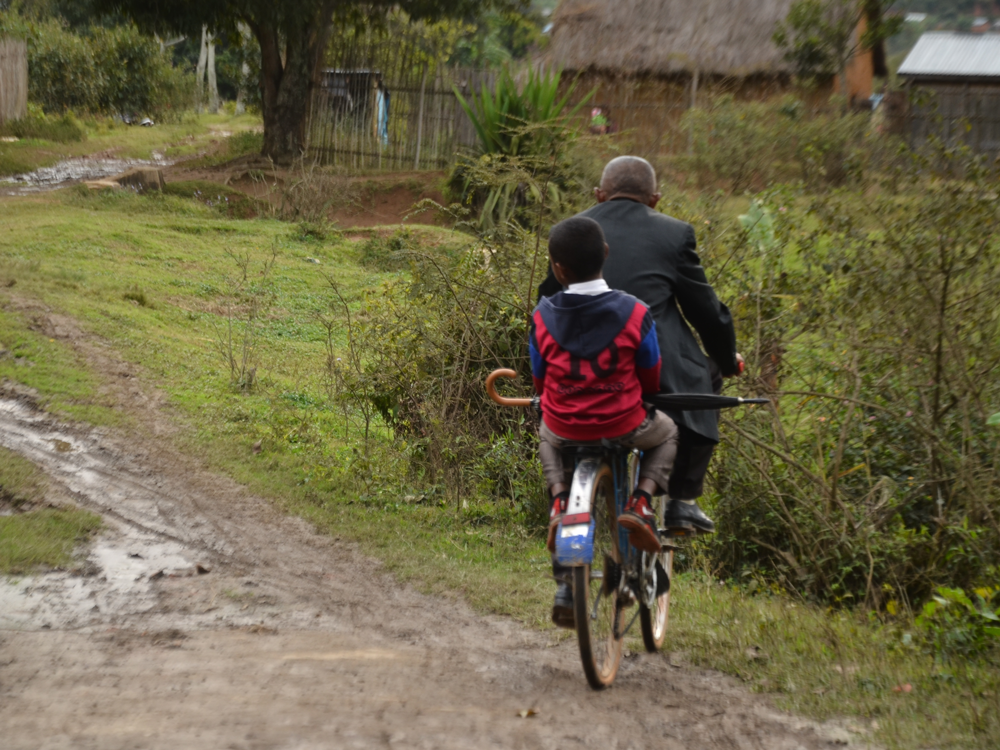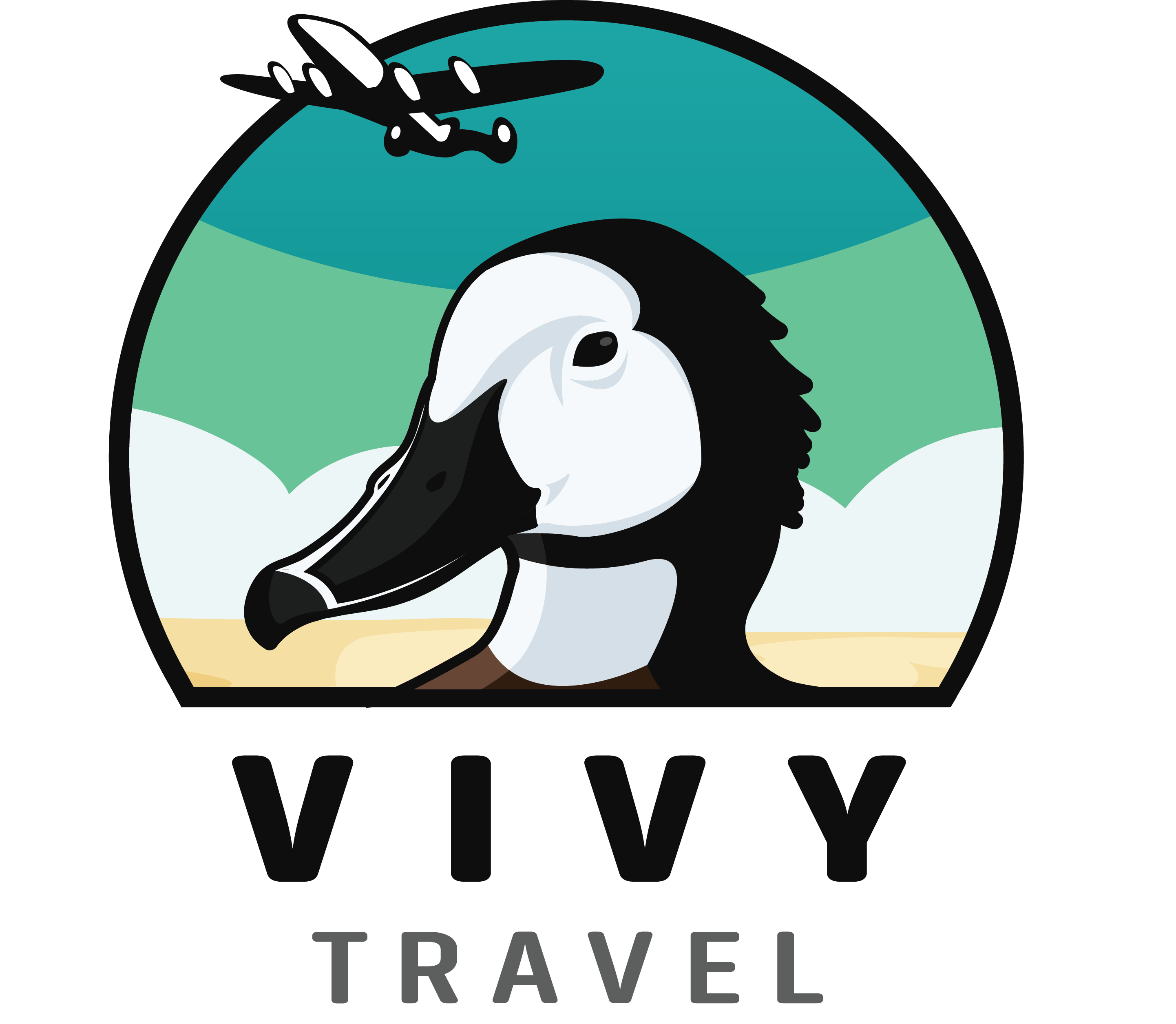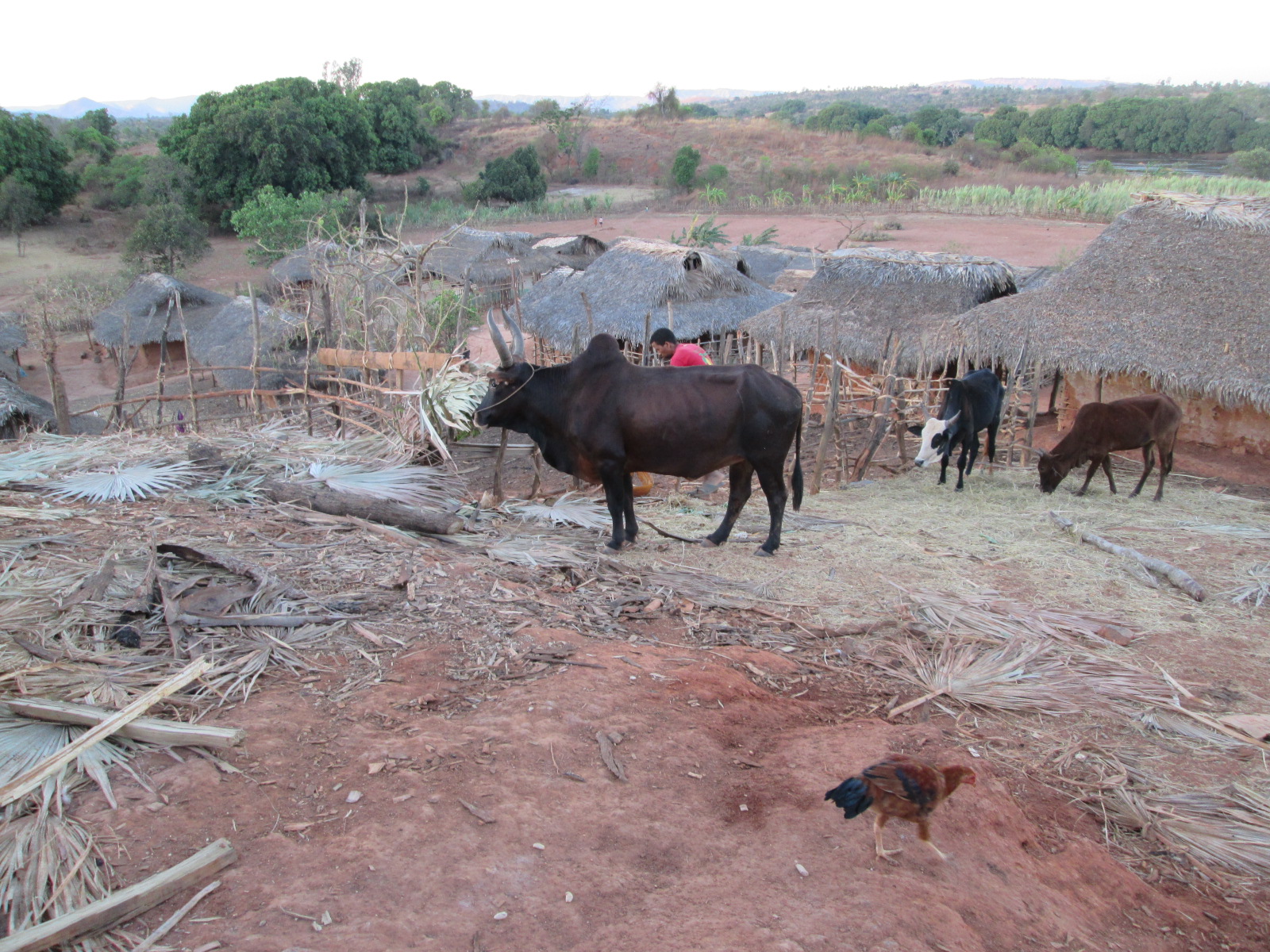What is Slow Tourism ?
Slow tourism is a relatively new term, isn’t it? Hang on, we’ll tell you more. Slow tourism is a travel philosophy that’s gaining popularity, focusing on quality rather than quantity, or so they say. Unlike mass tourism, which encourages travelers to visit as many sites as possible in as little time as possible, slow tourism advocates a slower, more deliberate approach. It invites visitors to take their time discovering a place, immersing themselves in its culture, interacting with its inhabitants, and appreciating local nature and traditions. This way of traveling promotes more sustainable and environmentally-friendly tourism while offering a more enriching and authentic experience for every traveler.

So you’re wondering why choose Madagascar for Slow Tourism?
Madagascar, the fourth largest island in the world, has plenty to appeal to slow tourism enthusiasts. With its biodiversity, varied landscapes, and cultural diversity, the island offers an ideal setting for authentic, immersive travel. We often say that, but here are just a few reasons why Madagascar could be a destination of choice for slow tourism:
Unparalleled Biodiversity : On this point, we can all agree, and there’s no denying it: Madagascar is home to exceptional flora and fauna, with many endemic species. Its rainforests, nature reserves, national parks, and local villages far from big cities like Antananarivo offer opportunities for quiet hiking and exploration, perfect for nature lovers.
Rich Cultures and Traditions : The island is a veritable melting pot of cultures, with a great diversity that can sometimes make us lose our heads. The population’s diverse origins are enriched every day by the arrival of newcomers such as Indians, Comorians, Pakistanis, and Africans, who are increasingly settling in Madagascar and now have their own practices and communities. This diversity can be beneficial, as travelers can immerse themselves in the daily life of the Malagasy people, starting in Antananarivo and then exploring the coasts. They can also take part in traditional festivals and discover local crafts, which vary from region to region.
Varied Landscapes : We sometimes wonder why Americans don’t want to shoot films here. After all, we have pristine beaches, rugged mountains, many lush forests, and all sorts of rock formations unique to Madagascar. In short, a variety of landscapes that invite contemplation and relaxation.
Malagasy Hospitality : Don’t let its cultural diversity fool you: interaction with Madagascar’s inhabitants is not difficult to grasp. The Malagasy are renowned for their hospitality and kindness towards foreigners. Exchanges with local communities help you better understand their way of life and support the local economy.

How to practice Slow Tourism in Madagascar?
To make the most of your slow tourism experience in Madagascar, here are a few tips to help you:
First Tip: Take Your Time : Don’t attempt to visit all of Madagascar’s popular tourist sites within a limited timeframe. Given the condition of the roads and the lack of transportation options, it’s practically impossible anyway. Moreover, it’s environmentally damaging and costly. Instead, select a few destinations and allocate sufficient time to explore them thoroughly. Trust us, the effort will be well rewarded, and you won’t be disappointed.
Prefer Gentle Means of Transport : Opt for travel by foot, bicycle, or pirogue whenever feasible; many of Madagascar’s sites and national parks now facilitate these activities. These modes of transport enable you to better appreciate the scenery, reduce your carbon footprint, and are highly beneficial for your health.
Why not Stay with a Local ?: Consider staying in homestays or small local accommodations. This promotes cultural exchange and supports the local economy. Don’t miss out on trying local cuisine like vary amin’anana, prepared over a wood fire—it’s simply exceptional.
Participate in Local Activities : Engage in various local activities such as learning handicrafts, experiencing traditional dances and songs, and exploring regional specialties across Madagascar. This will enrich your experience and deepen your understanding of Malagasy culture, while allowing you to develop new skills.
Respect the Environment : Be mindful of your environmental impact. Avoid single-use plastics, respect natural sites, and support conservation initiatives. You can also join us in the activities of our environmental and humanitarian association.

Some ideal destinations to make the most of your slow travel in Madagascar.
Lokobe Reserve : The Lokobe Integral Nature Reserve is located in the southeast of Nosy Be island. It’s an ideal place for observing flora and fauna. Lokobe is one of the few places in Madagascar where the original Sambirano forest still exists. This forest is the last remaining original forest on the island of Nosy Be. The Eulemur macaco, along with the coral reef in the Lokobe Marine Park, are flagship species here. You can observe endemic species while enjoying the tranquility of the rainforest.
Isalo National Park : Known for its spectacular scenery of canyons, cliffs, and natural pools, as well as for its cultural discoveries, this park offers memorable hiking opportunities. You can combine a multi-day hike in Isalo National Park with exploration of the Makay Massif, creating a completely car-free wildlife experience with hiking and camping.
East Coast Villages : The small villages along the east coast, such as Manakara or Sainte-Marie, starting with Palmarium in Ankanin’ny Nofy, offer total immersion in the local fishermen’s way of life and magnificent beaches for relaxation. The villages along Madagascar’s east coast, with their lush, wind-swept landscapes, are some of the country’s most serene destinations, offering a chance to escape into their unique world.
The Andringitra Massif : Similar to Isalo and Makay, the Andringitra Massif is ideal for trekking enthusiasts. It features varied trails with breathtaking panoramic views, making it perfect for a multi-day camping expedition.






